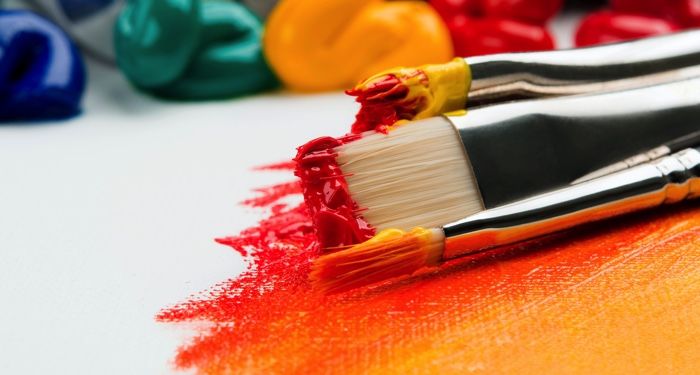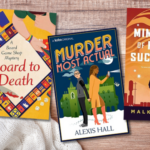
I’ll Take a Side of Illustration With That
Picture books are an art form. They’re not a genre. They’re incredible and marvelous and they require a lot of intellectual work to truly appreciate, but they’re also just a lot of fun.
They’re not the point of this essay, though. I want to talk about illustrated books.
There’s a difference between picture books and illustrated books, though I didn’t really understand or appreciate that difference until I took a graduate class in picture books. You’re probably familiar with picture books — large trim size, great for reading on a lap or sharing with a group on a rug, art on every page. But unless you have kids, teach grade school, or read children’s books for your own enjoyment, it’s probably been a minute since you saw an illustrated book.
Sometimes they’re simple line drawings taking up a full page, one per chapter or two. Other times, especially in the case of fancy, $50 editions of beloved classics that are 75+ years old, they’re full color plates — a “plate” is an illustration inserted into a book on a different type of paper entirely, typically heavier or glossier than the rest of the book. Generally speaking, an illustrated book is one wherein the illustrations are there for aesthetic enhancement, whereas in picture books, the art and text are inextricably tied and cannot exist separately and tell the same story as they do together. Take illuminated manuscripts, for example. Absolutely gorgeous and enjoyable, even if they aren’t required by the text.
Illuminated manuscripts are a thing of the past, however. Now we rarely see illustrated books that aren’t for children (notable exceptions — sort of — courtesy of Audrey Niffenegger, Vesper Stamper, Nick Bantock, and Marisha Pessl). Children on the younger side, at that. You’ll see a lot more of it in emerging reader chapter books than older middle grade. After all illustrations are for people who don’t read very well — or at all! Anybody “intelligent” doesn’t need pictures to be able to understand a story.
Well, what about appreciating a story? Or appreciating art? Does wanting to see a nice little vignette here or there mean I’m less intellectual than someone who reads a doorstopper with nothing but unceasing blocks of teensy-weensy Times New Roman?
Cover art can be incredible works of design, photography, typography…why stop there? Why stop at a frontispiece? Why, as we start seeing more graphic novel adaptations of books that aren’t ancient (thanks, for example, to John Jennings for giving new life to Octavia E. Butler), are we not jumping off of that and illustrating the prose directly?
I can name a number of picture book illustrators that I think would kill it at illustrated books for grownups. Adam Rex is hilarious — why not hand him a satire for adults? (Actually, he’s also a novelist, so why don’t we just ask him to flex his grownup muscles, too?) Floyd Cooper is a master of historical drawings, so why not give him some adult historical fiction, too? Juana Martinez-Neal would absolutely kill it accompanying some lyrical literary works, particularly magic realism. So would Yuyi Morales. Everybody loves a good collage, and can you imagine what Thao Lam‘s collages would look like with a good mystery? And I don’t know what to hand them off the top of my head, but I think just about any book would be in good hands with Rafael Lopez, LeUyen Pham, Julie Flett, or Christian Robinson.
I think there is plenty of room in all of our libraries for illustrated books for adults. It doesn’t even need to cost an arm and a leg the way the fanciest classics are. It doesn’t diminish the power of prose, and it doesn’t mean the reader is less sophisticated than someone else who reads un-illustrated books.







